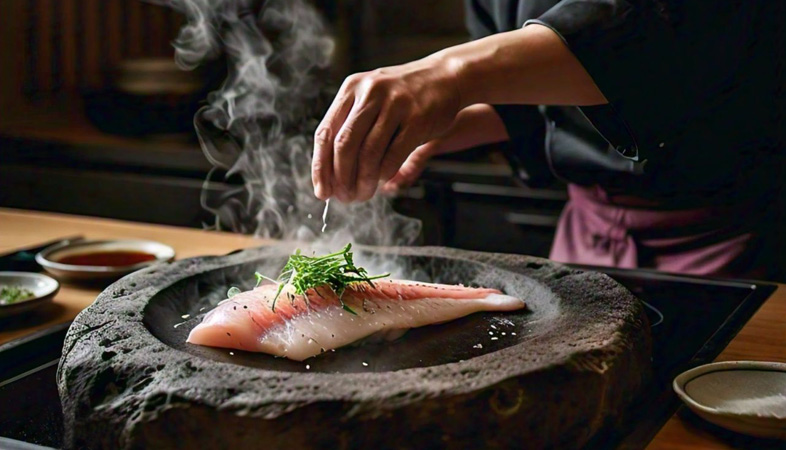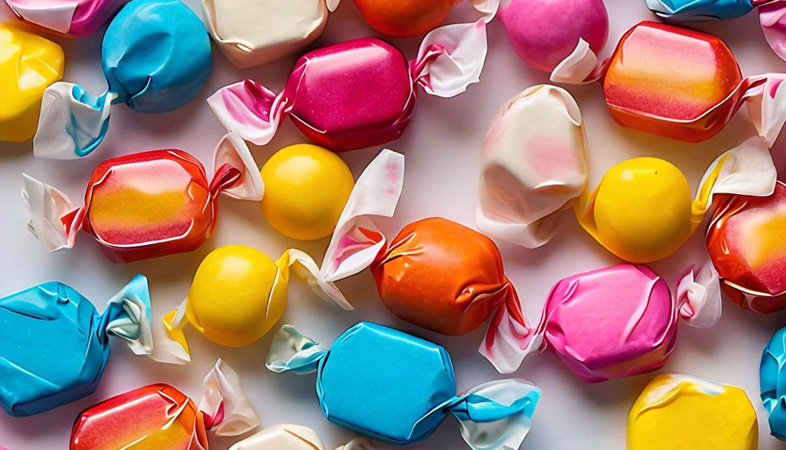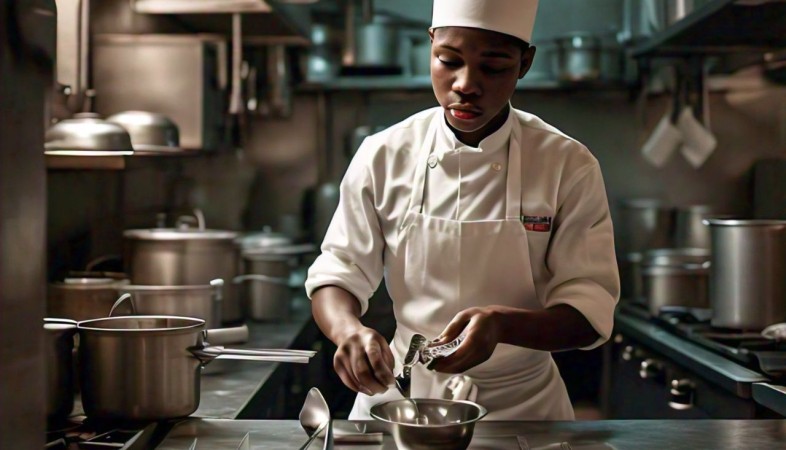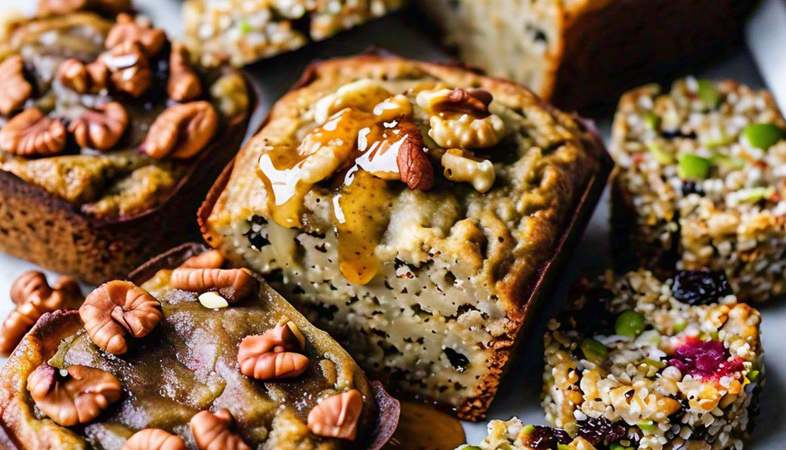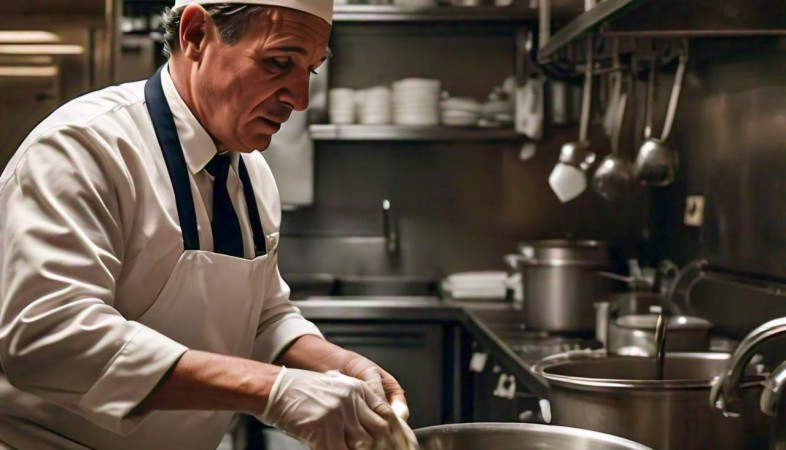SHARE
Commercials
More Posts
Apr 08, 2025
Schezwan Chicken Gravy Momos - By Chef Rohit Anand
May 24, 2025
Dry Fruits Peda - By Falguni Somaiya
Feb 03, 2025
Honey Pepper Rose Petals - By Chef Selva Kumar
Apr 08, 2025
Schezwan Chicken Gravy Momos - By Chef Rohit Anand
May 24, 2025
Dry Fruits Peda - By Falguni Somaiya
Feb 03, 2025
.png)







